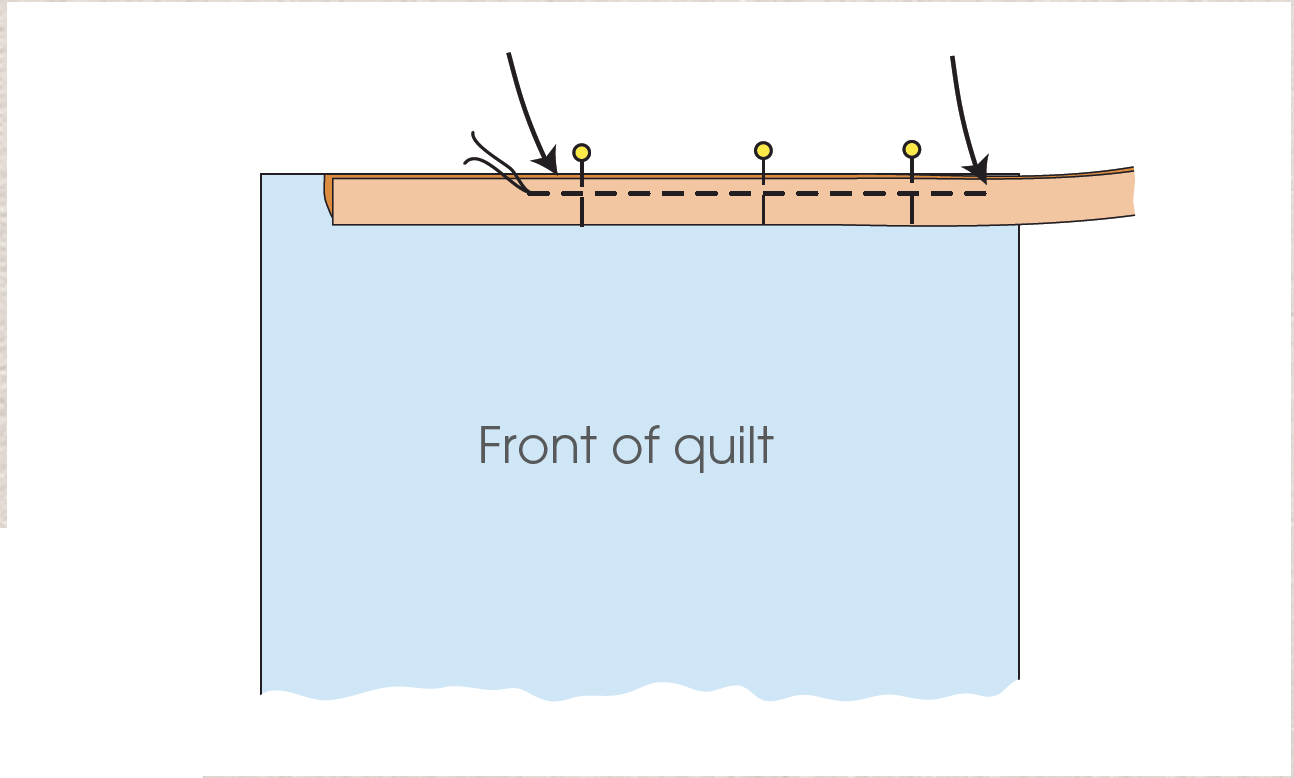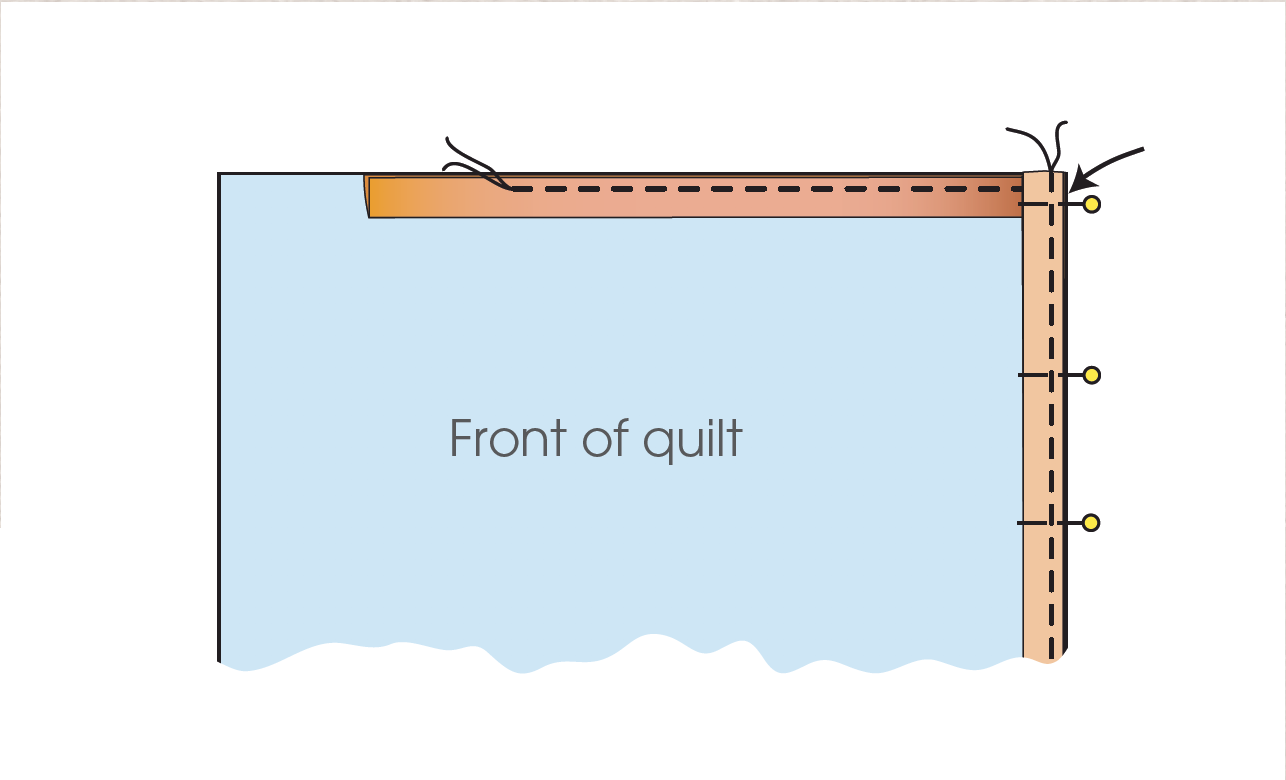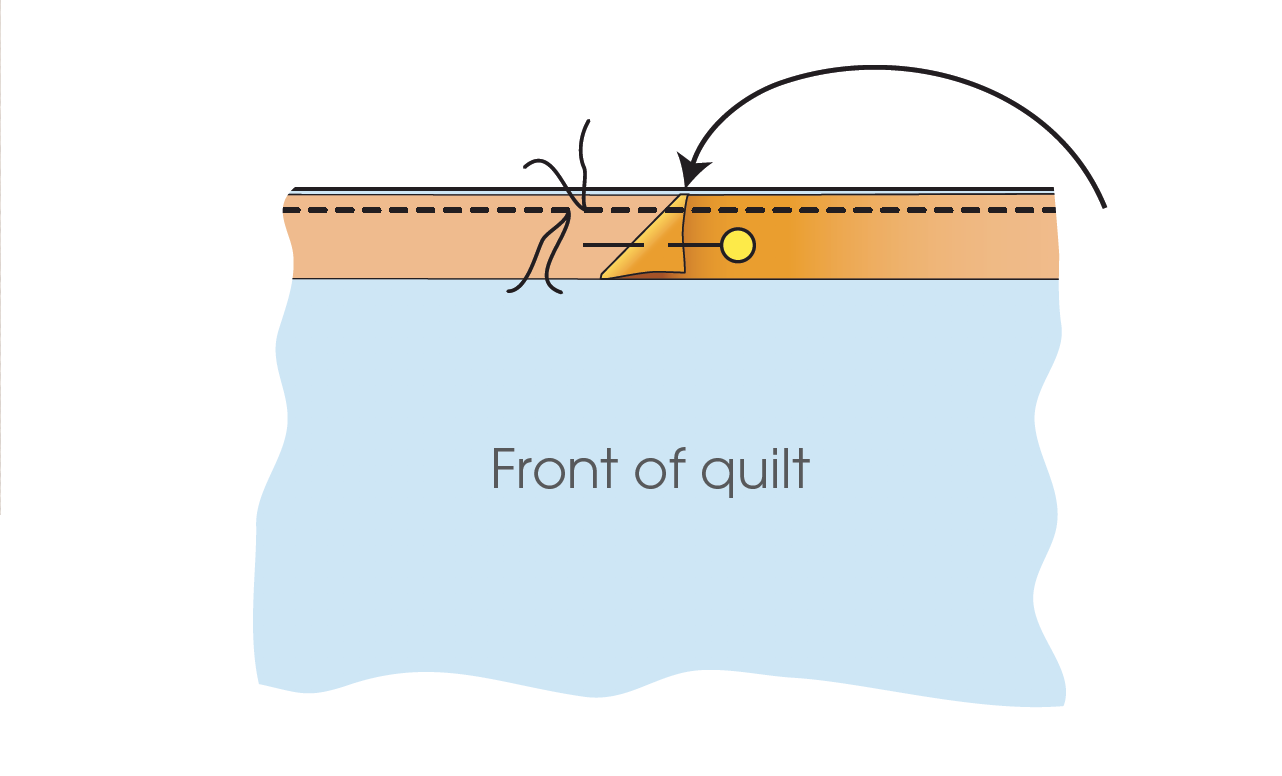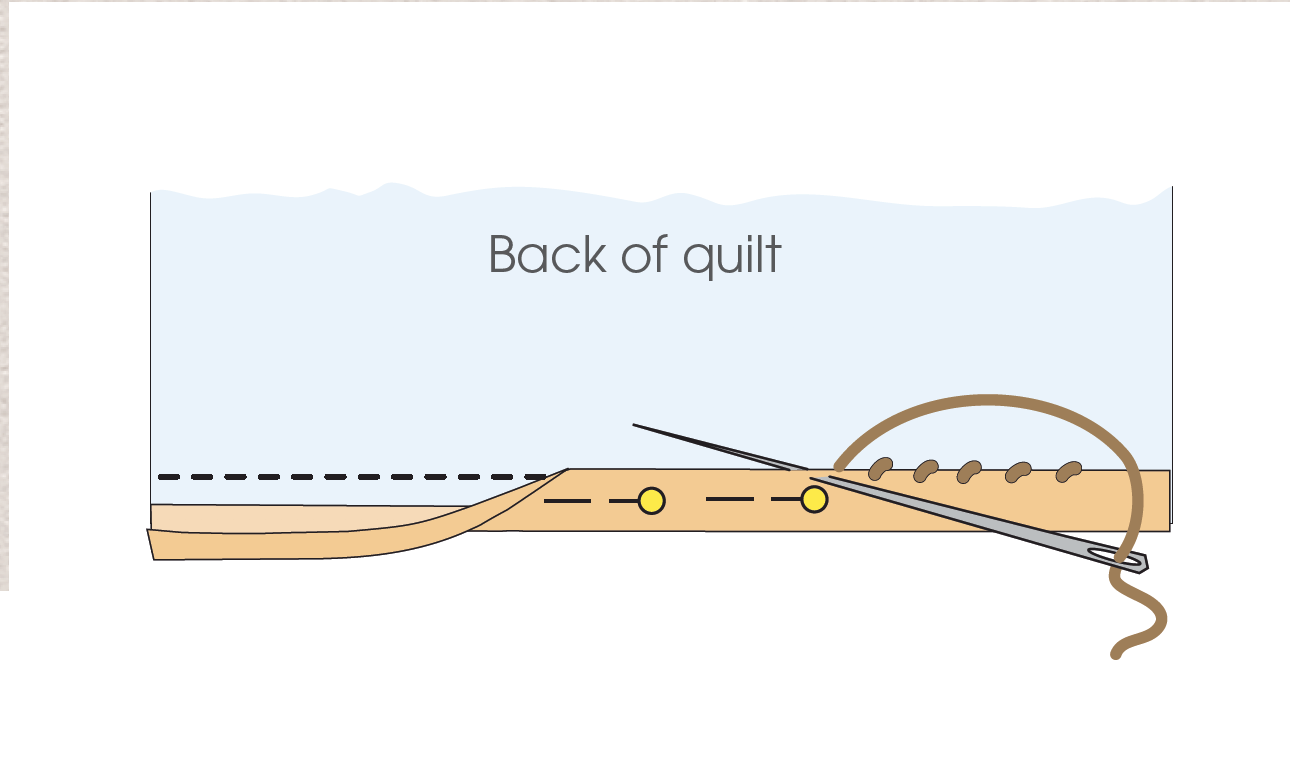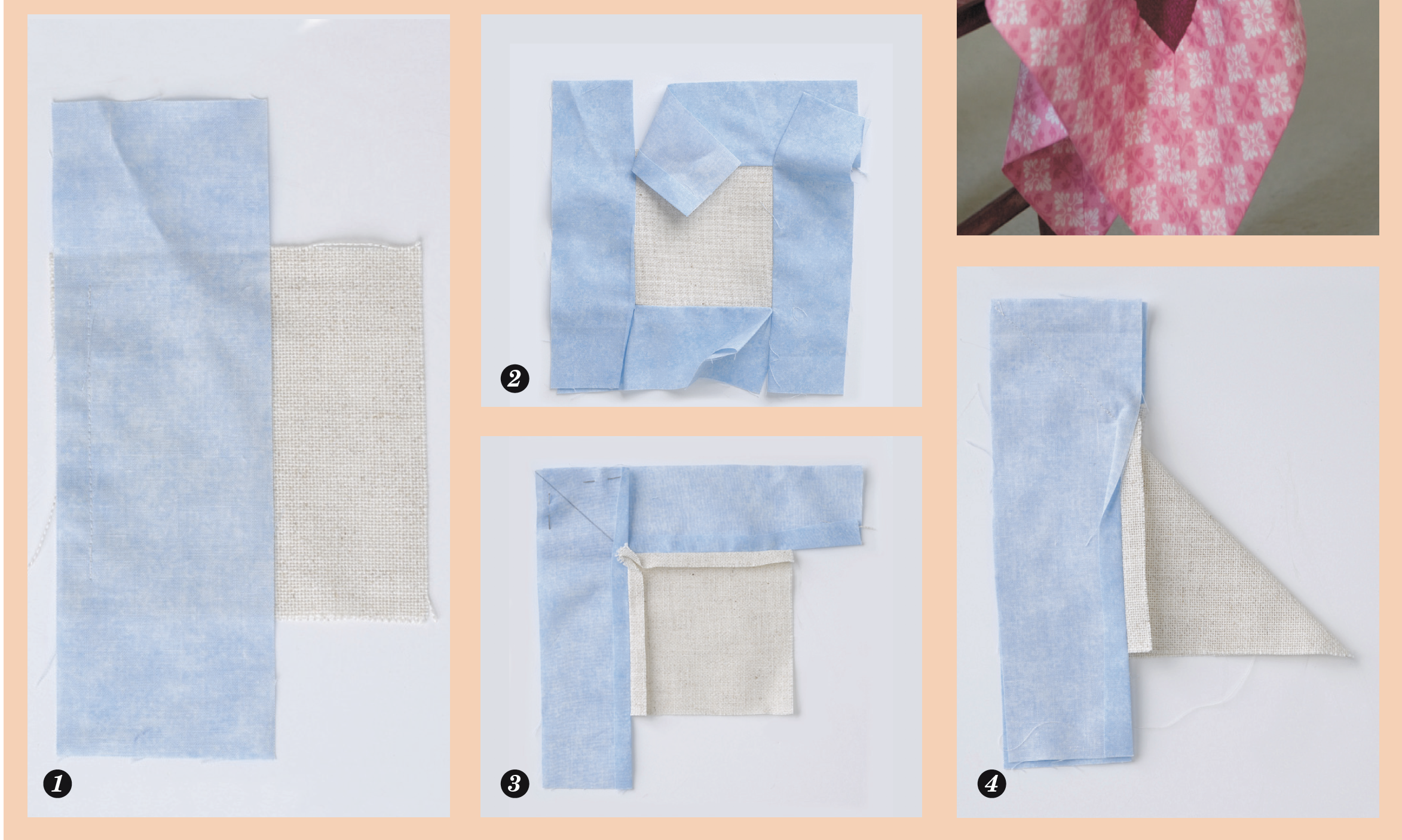Mitred corners are a favourite of many makers – both woodworkers and sewists, but in this article we're focusing on all those of you who are working with fabric. Mitres are a way of joining two pieces of fabric which meet at a right angle, so that the finished result shows the two sections meeting with a neat diagonal line. Whether you choose to mitre corners is partly personal choice but it looks great. It's also a technique that many find a bit daunting at first, so we've put together this beginner's guide to how to mitre corners to show you how it's done.
There are two common times that sewists may need to mitre corners – one of the most common ways is when you finish a quilt and are attaching the binding to seal all the edges in place. The other is when you're making home sewing projects like cushions and you want to add a mitred finish to corner points.
In this post, we'll talk you through a step-by-step method to how to mitre the corners of your quilt binding, and then how to mitre corners on a cushion border. Let's go!
How to mitre corners on a quilt
Before you begin this tutorial, you'll need to have finished making your quilt sandwich, trimmed and squared up the edges of the quilt, and then prepared sufficient binding to go all around the quilt plus about 10in (25cm) extra. If you're new to quilting, for help with these stages of your quilt making, see our beginner's guide to how to make a quilt and our guide to binding a quilt by machine. The later article also includes a handy video which shows you the technique below in more detail.
Once you've got your quilt sandwich and binding strips ready to go, you’re ready to attach the binding edge to your quilt – complete with mitred corners!
Note
This method uses binding strips with a starting width of 2½in (6.5cm), but you can use a similar process to attach single-fold binding. The time this method takes will depend on the size of your quilt. We've guessed an hour for those of you making mini quilts but for a full Queen size quilt, this method may take a little longer!

